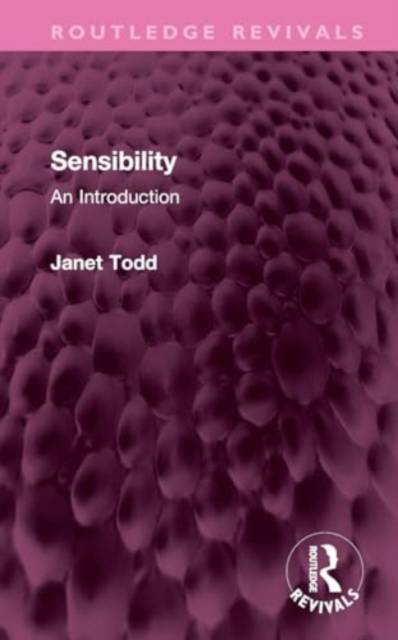
- Retrait gratuit dans votre magasin Club
- 7.000.000 titres dans notre catalogue
- Payer en toute sécurité
- Toujours un magasin près de chez vous
- Retrait gratuit dans votre magasin Club
- 7.000.000 titres dans notre catalogue
- Payer en toute sécurité
- Toujours un magasin près de chez vous
Description
The cult of sensibility jangled the nerves of Europe in the mid-eighteenth century. It touched all literary genres and brought into prominence those qualities of tenderness, compassion, sympathy and irrational benevolence associated with women by the binary psychology of the time. It privileged spontaneous emotion and found this expressed in the bodily manifestations of tears, fainting fits, flushes and palpitations. Valuing the pure victim, it took as its archetypes the innocent dying Clarissa and the benevolent, suffering man of feeling.
In Sensibility, originally published in 1986, Janet Todd charts the growth and decline of sentimental writing as a privileged mode in the eighteenth century. She shows how sentimental writing is riven with contradictions: while it applauds fellowship, it also expresses a yearning for isolation, and while it stresses the ties of friendship and family, it does so at the expense of sexual feeling, which grows menacing and destructive.
By the 1770s, as the idea of sensibility was losing ground, 'sentimentality' came in as a pejorative term. Janet Todd ends her study of sensibility by detailing the various attacks on the cult, from radicals and conservatives, feminists and Christian moralists; from Coleridge who saw it as unmanning the nation to Jane Austen who considered it an elaborate sham
Spécifications
Parties prenantes
- Auteur(s) :
- Editeur:
Contenu
- Nombre de pages :
- 174
- Langue:
- Anglais
- Collection :
Caractéristiques
- EAN:
- 9781032745138
- Date de parution :
- 01-05-24
- Format:
- Livre relié
- Format numérique:
- Genaaid
- Dimensions :
- 138 mm x 216 mm
- Poids :
- 488 g







